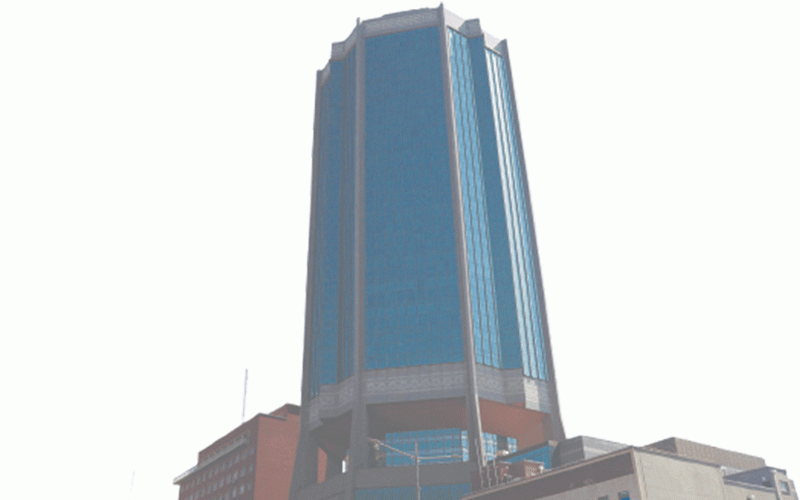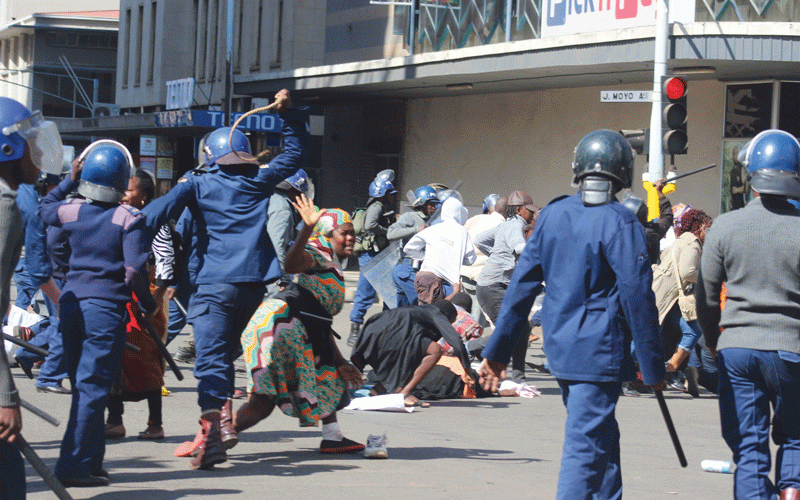The continuous battering of the global economy by several agents ranging from political tensions to climate change have given water to the argument supporting slowbalisation. Slowbalisation is the term that refers to the other end of the globalisation spectrum. Simply put, it is the slowing down of the pace of global integration. The topic has garnered much attention in recent years following a spat of disruptions to global trade since the end of the hyper-globalisation phase in 2008. Several metrics have cemented a case for slowbalisation since then, such as a decline in exports as a share of GDP, as well as lower Foreign Direct Investments (FDIs) as a percentage of GDP in the last 15 years.
According to World Bank data, global exports as a percentage of GDP picked up 35 percentage points, from 31% in 1975 to 61% in 2008, before softening to 52% in the 12 years to 2020. The trend in FDIs as a percentage of GDP has also been similar, albeit more volatile. The trend was firmly positive throughout the globalisation phase (1970-1986) and much of the hyper-globalisation phase (1986-2000). However, the trend has reversed largely in response to global crises since then. We identify the 2000 dot-com bubble, the 2008 global financial crisis, the halt in trade and investment liberalisation agreements in 2016, and Covid-19 as key inflexion points in the faltering trend.
Other hints of slowbalisation have been observed in the reduced international operational diversification by multinational corporations and less issuances of global banking loans. Several reasons have been cited as key drivers of slowbalisation, like global supply chain disruptions and higher tariffs. The trade-off between efficiency and certainty of delivery has seen the scales tilting towards the latter, with more and more companies opting for local production in a bid to reduce uncertainty of raw materials supply. Incidences such as Covid-19 restrictions on movements, the Suez Canal blockage in 2021, and the commodities supply disruptions driven by the Russia-Ukraine conflict in 2022 have only fanned the argument of certainty over efficiency. While efficiency remains key to a business resilience, we observe a pronounced manifestation of the “half a loaf is better than nothing” proverb as companies increasingly opt to sell products using expensive locally-sourced raw materials over waiting indefinitely for cheaper raw materials and risking selling nothing at all.The US-China trade war at the behest of former US president Donald Trump also added weight to the case for slowbalisation since his election. This was compounded by Brexit and several other protectionist trade policies enacted in the last decade. According to the IMF, an average of 30 trade liberalisation agreements were signed annually between countries in the 1990s but barely 10 such agreements have been signed each year since 2011. Slowbalisation opposes, to some extent, economic theory regarding economic linkages and, by extension, risk premium models that account for global integration such as the Singer-Terhaar model.
Economic links are regarded as a catalyst for economic growth and stability among emerging and frontier markets. Theoretically, an economy can leverage off the stability of a better economy through international capital flows, cross-border trade, and currency pegging. At the heart of this is the idea that it is beneficial for small economies to integrate with the global economy if they seek to lower their overall risk profile. Scant empirical evidence of the benefits of economic linkages has been observed.
For one, supporting evidence is provided by Chiou et al (2013) who extrapolate from the upstream-downstream hypothesis by Chuck and Reeb (2000) which infers that risk is transferred from the downstream to the upstream economy when a firm from a developed economy expands its operations to a developing economy.
We also note the widely accepted Singer-Terhaar model that calculates equity risk premiums based on the emerging economy’s integration with the global market. Equities domiciled in economies that are extensively globally integrated should have lower risk premiums compared to segmented markets. However, given the growing evidence and benefits of slowbalisation, another study of the robustness of this model using data recorded in the last 15 years could be warranted.
Keep Reading
- Young entrepreneur dreams big
- Chibuku NeShamwari holds onto ethos of culture
- Health talk: Be wary of measles, its a deadly disease
- Letter from America: Is former president Donald Trump a hero or villain?
We opine that Zimbabwe is more segmented than it is globally integrated, and we pin this on the very low capital mobility between other markets as well as a stronger impact of local policies compared to global developments. With slowbalisation in mind, one could suppose that Zimbabwe is not in the doldrums as much as the market perceives. In addition, with the growing focus of certainty over efficiency at its height, there is no better time for Zimbabwe to re-industrialise and ride on this shift.
We are cognisant of the Buy Local campaign which has advocated for more local products on retailers’ shelves since 2011. According to Alois Burutsa, general manager of Buy Zimbabwe, locally produced goods now account for over 75% of shelf space in Zimbabwe, up from 30% a decade ago. However, progress continues to be hindered by policy inconsistency.
- Mtutu is a research analyst at Morgan & Co. — tafara@morganzim.com or +263 774 795 854





